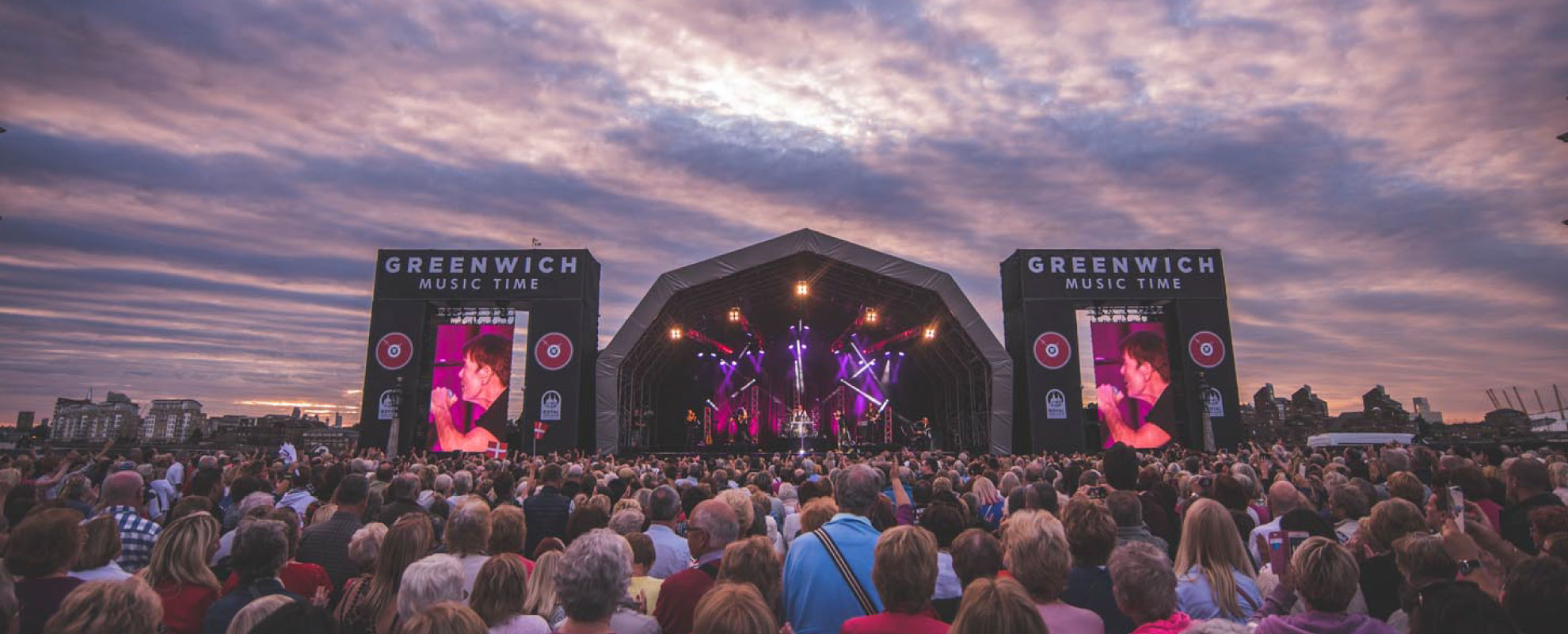Mastering the Craft of Seamless Film Mapping on Arched Surfaces for Breathtaking Graphic Experiences
Mastering the Craft of Seamless Film Mapping on Arched Surfaces for Breathtaking Graphic Experiences
Blog Article
Film projection is an exciting technique that enables visuals and videos to be displayed onto areas, creating stunning visual encounters. When it comes to rounded surfaces, perfecting this art can be a bit more difficult than projecting onto flat planes. Rounded areas can include anything from the facades of structures to sculptures and even stages. Understanding how to effectively map videos onto these forms is crucial for creators, designers, and event planners who want to create engaging settings that enthrall audiences.
The first step in footage projection on rounded surfaces is to understand the geometry of the surface. Curved surfaces can be complex, with different degrees of bend. To attain a seamless projection, it is important to create a 3D representation of the area. This representation helps in imagining how the footage will look when projected. Software tools are available that allow users to create these models and simulate the projection. By accurately aligning the measurements and shapes of the surface, creators can ensure that the video matches perfectly without warping.
Once the 3D model is ready, the following phase is to edit the video content. This involves modifying the footage to fit the specific form and dimensions of the curved surface. It is essential to take into account the perspectives and sightlines from which the viewers will observe the projection. The content should be designed to improve the aesthetic encounter, making it engaging and relevant to Website the concept of the event or installation. Using premium visuals and motion graphics can greatly improve the overall impact of the projection.
After editing the material, the real display process begins. This includes placing up the devices at the correct angles and spaces to guarantee that the footage aligns with the 3D model. Adjustment is a key part of this process. It may necessitate modifying the brightness, contrast, and sharpness of the devices to achieve the best outcomes. Additionally, using several devices may be required to cover larger or more intricate areas. This technique, known as edge blending, helps form a continuous image across the entire area.
Ultimately, testing the projection is essential before the final show. This allows creators to make any required modifications to the video and device configurations. It is also an opportunity to see how the viewers will perceive the projection from different perspectives. By ensuring that the footage projection is flawless, designers can provide a stunning aesthetic encounter that leaves a lasting impact. Mastering video projection on curved areas not only enhances artistic output but also creates new possibilities for narrative and audience engagement in multiple environments.